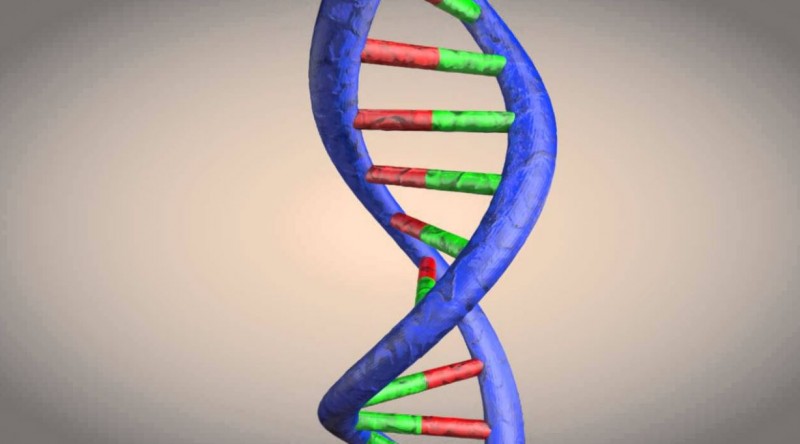
Have you ever wondered what makes up the genetic code of life? How do traits and characteristics get passed down from one generation to another? The answers lie within the intricate structure of DNA. Deoxyribonucleic Acid, or DNA, is a molecule that carries the genetic instructions necessary for the development, functioning, and reproduction of all known living organisms. In this article, we will explore the fascinating story behind the discovery of the double helix structure of DNA and delve into its profound implications for the fields of genetics and biology.
Introduction: Unraveling the Genetic Code
DNA, the blueprint of life, holds the instructions that determine the characteristics and functions of living organisms. The journey to unravel its secrets began long ago with the contributions of numerous scientists and researchers. Let's take a closer look at the pioneers of DNA research and their remarkable achievements.
The Pioneers of DNA Research
The study of DNA dates back to the late 19th century when Friedrich Miescher discovered a substance he called "nuclein" in the nuclei of white blood cells. Over the years, several scientists made significant contributions, including Phoebus Levene, who identified the building blocks of DNA, known as nucleotides, and Erwin Chargaff, who discovered that the amount of adenine is equal to thymine, and cytosine is equal to guanine in DNA.
Rosalind Franklin and X-ray Crystallography
One key player in the discovery of the double helix structure of DNA was Rosalind Franklin. She employed a technique called X-ray crystallography to study the molecular structure of DNA. Franklin's X-ray diffraction images provided vital clues about the helical nature of DNA, even though her work initially went unnoticed.
James Watson and Francis Crick: The Double Helix Model
In 1953, James Watson and Francis Crick successfully proposed the double helix structure of DNA. Their groundbreaking model was based on the research and insights of many scientists before them, including Franklin's X-ray diffraction images. The double helix structure consists of two complementary strands wound around each other in a twisted ladder-like formation.
The Impact of the Double Helix Discovery
The discovery of the double helix structure of DNA revolutionized the fields of genetics and biology. It provided a framework for understanding how genetic information is stored, replicated, and passed on to future generations. This breakthrough led to a deeper comprehension of genetic diseases, evolution, and the diversity of life on Earth.
DNA Replication: The Key to Heredity
Understanding the process of DNA replication is crucial in comprehending how genetic information is transmitted from parent to offspring. During replication, the DNA molecule separates into two strands, and each strand serves as a template for the creation of a new complementary strand. This precise mechanism ensures the accurate transmission of genetic material.
Applications in Genetic Engineering and Medicine
The knowledge gained from the discovery of the double helix structure of DNA opened up remarkable opportunities in genetic engineering and medicine. Scientists can now manipulate DNA to introduce specific genes into organisms, leading to advancements in agriculture, biotechnology, and medical research. This newfound understanding has paved the way for groundbreaking treatments and the development of personalized medicine.
Ethical Considerations and Future Directions
As we continue to unlock the secrets of DNA, ethical considerations become increasingly important. The ability to modify genetic material raises profound questions about the boundaries of scientific intervention, the potential for misuse, and the impact on future generations. Careful ethical deliberation is necessary to ensure responsible progress in the field of genetics.
Conclusion
The discovery of the double helix structure of DNA stands as one of the most significant breakthroughs in the history of science. It provided a solid foundation for our understanding of genetics and opened up a world of possibilities in biology. By unraveling the intricate structure of DNA, scientists and researchers have paved the way for transformative advancements in various fields, from medicine to agriculture. The journey to uncover the secrets of DNA continues, promising even more remarkable discoveries in the future.
Rupee Charges Ahead: Indian Currency Surges 6 Ps USDollar, Reflecting Investor Confidence
23 Airports Set for Major Upgrades to Boost Traffic and Elevate Travel Experience
Sensex and Nifty Soar to All-Time Highs, Fueling Investor Confidence in India's Economic Recovery